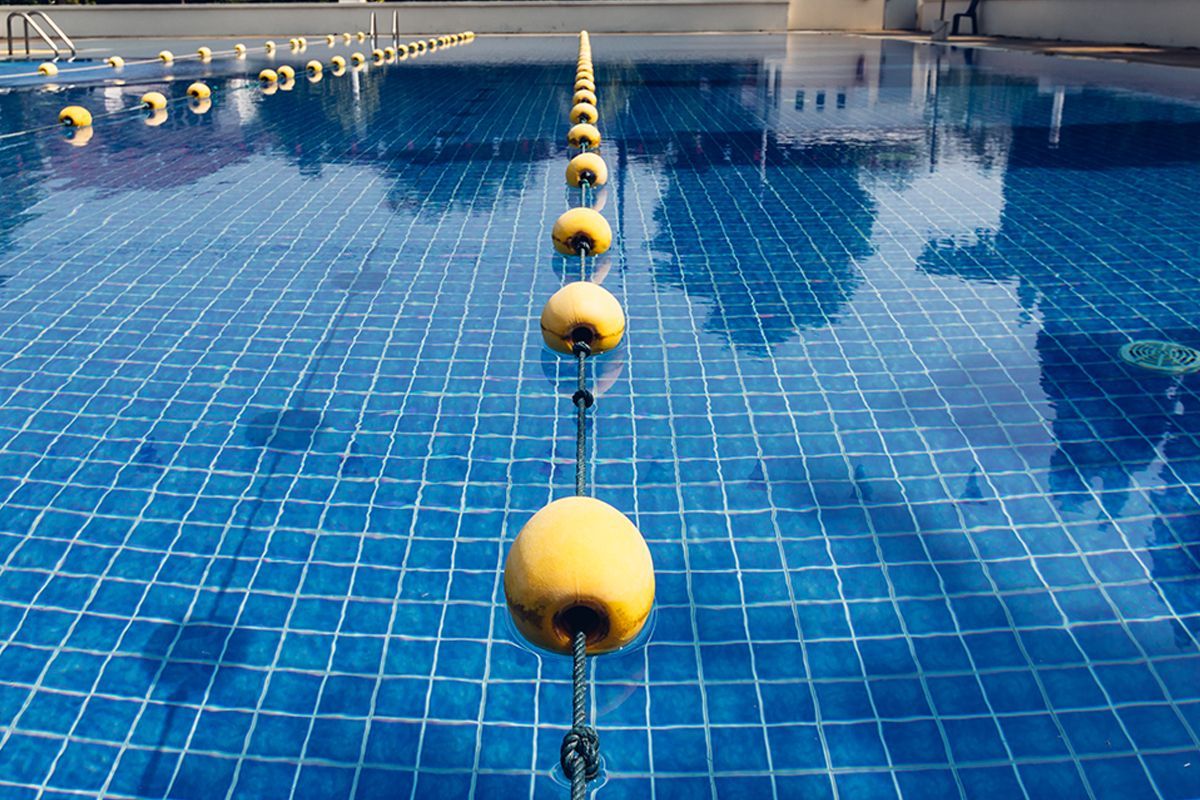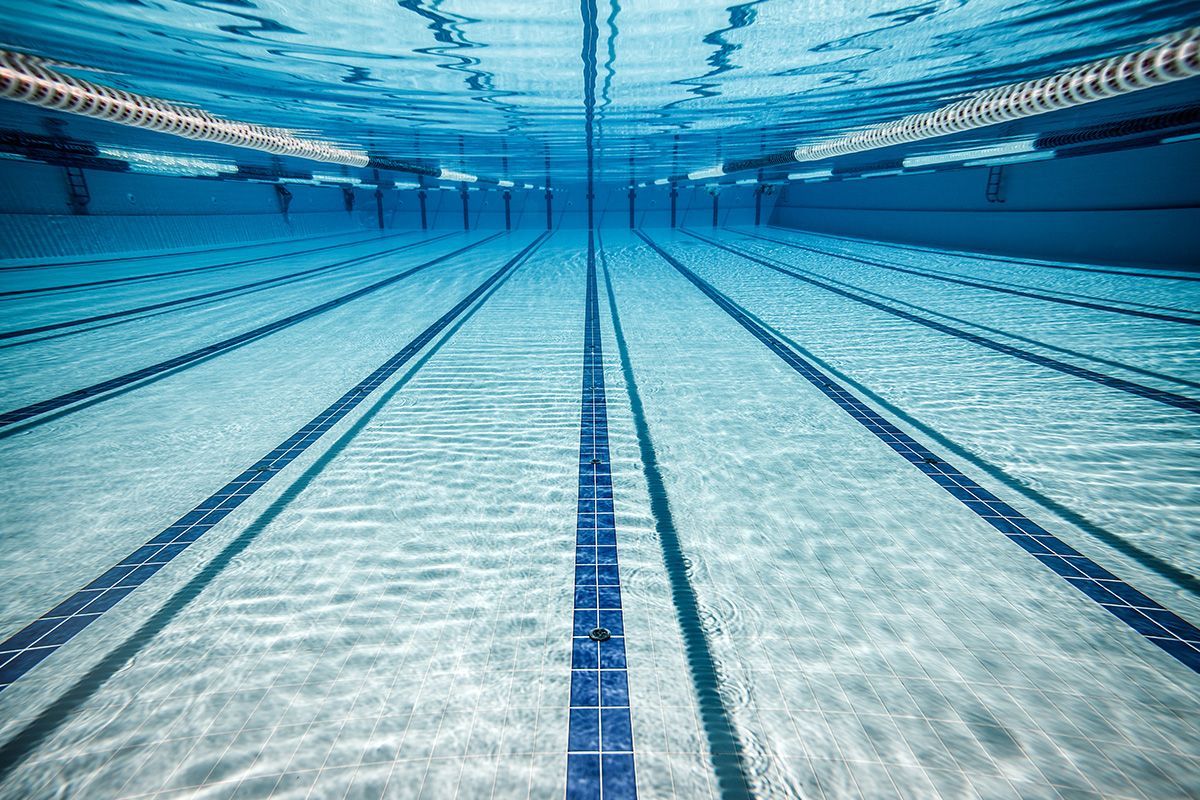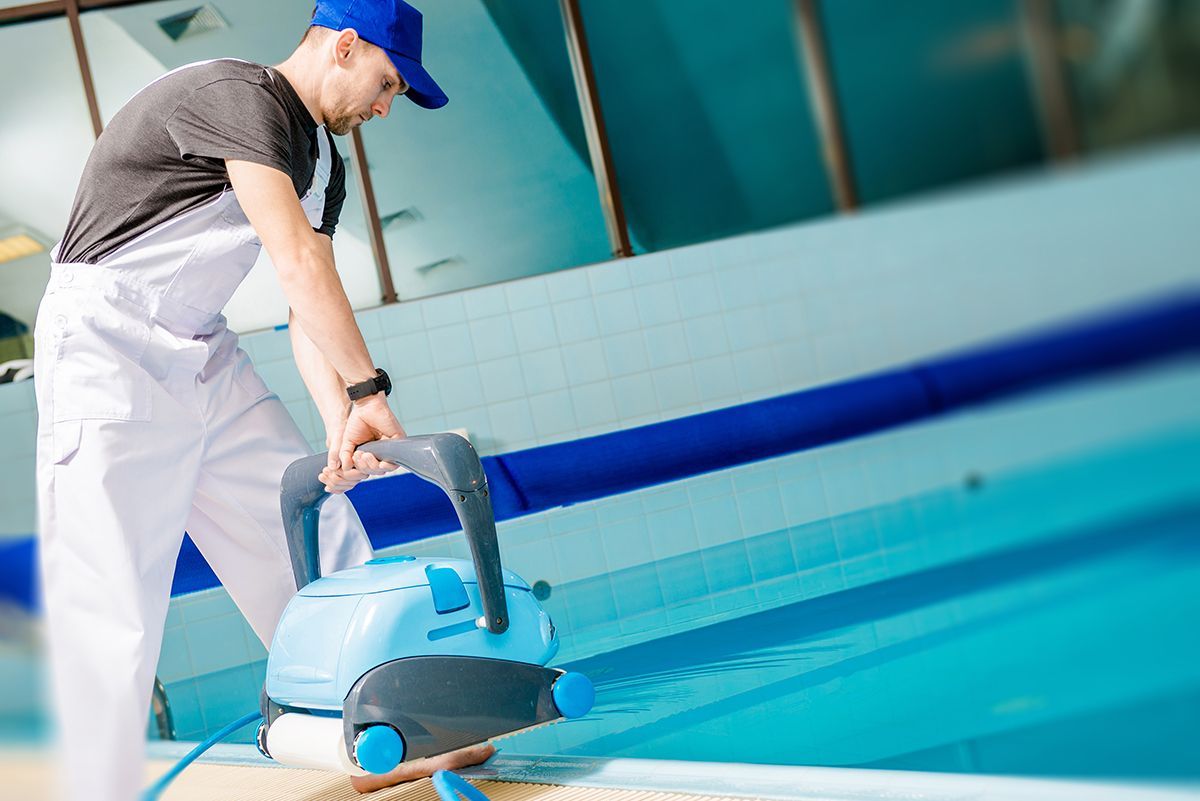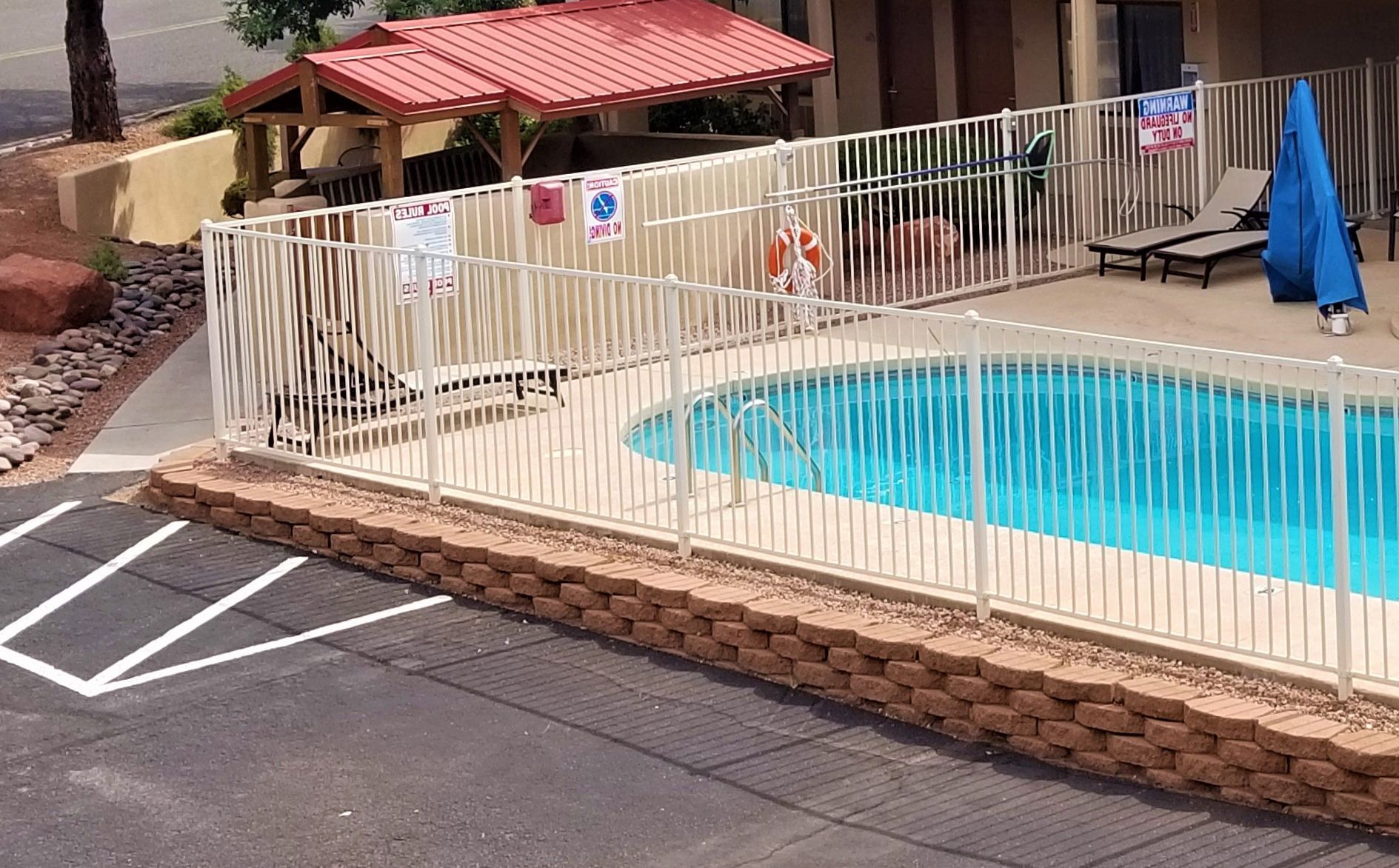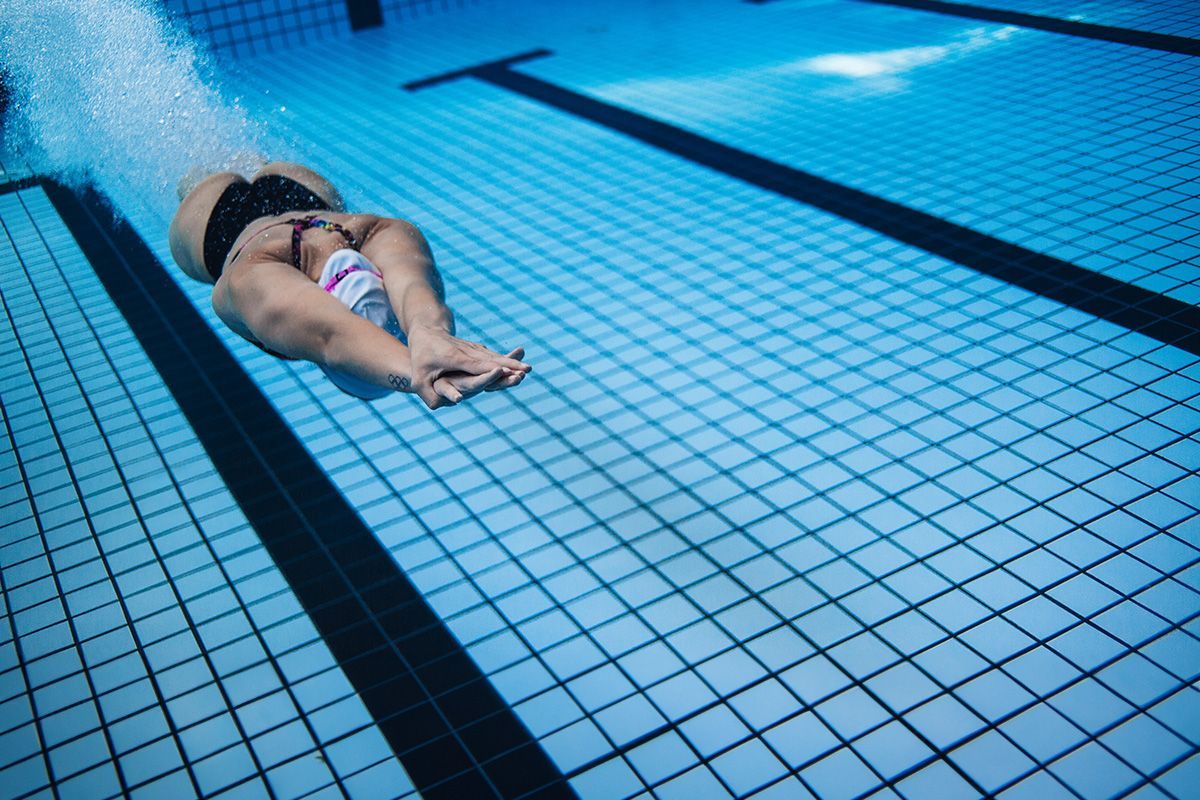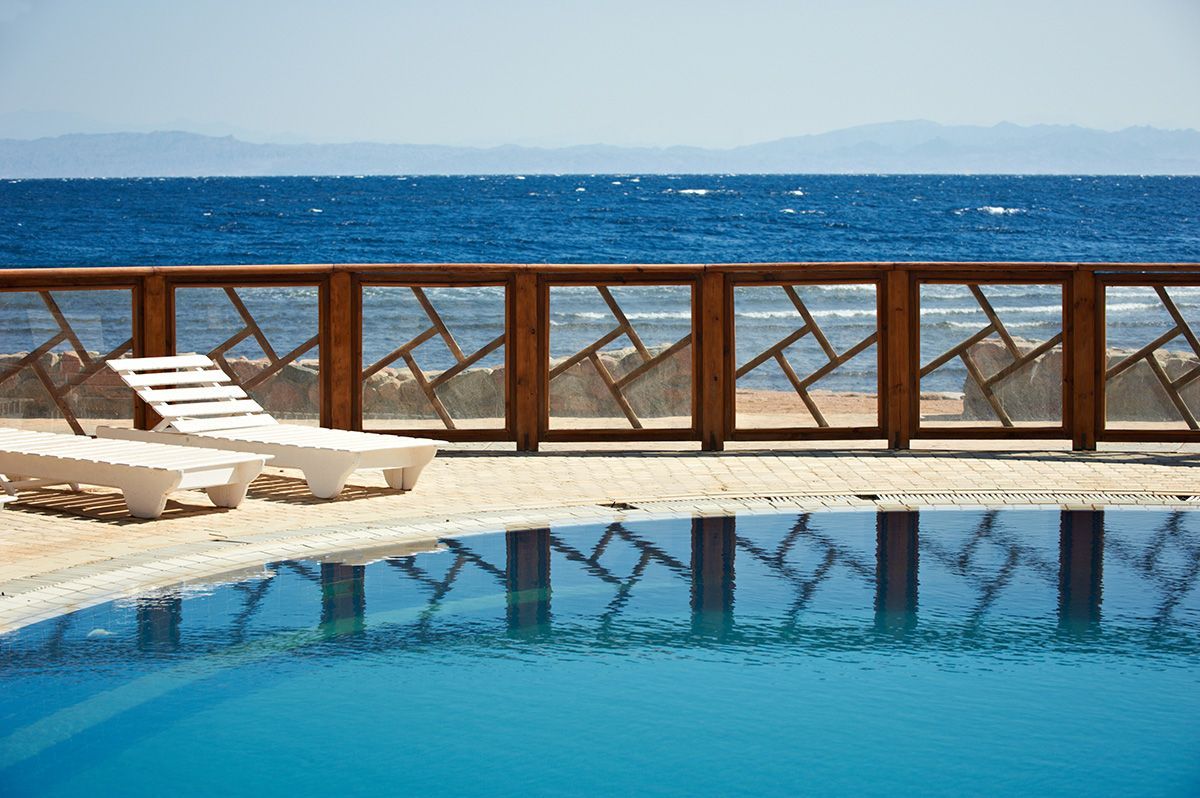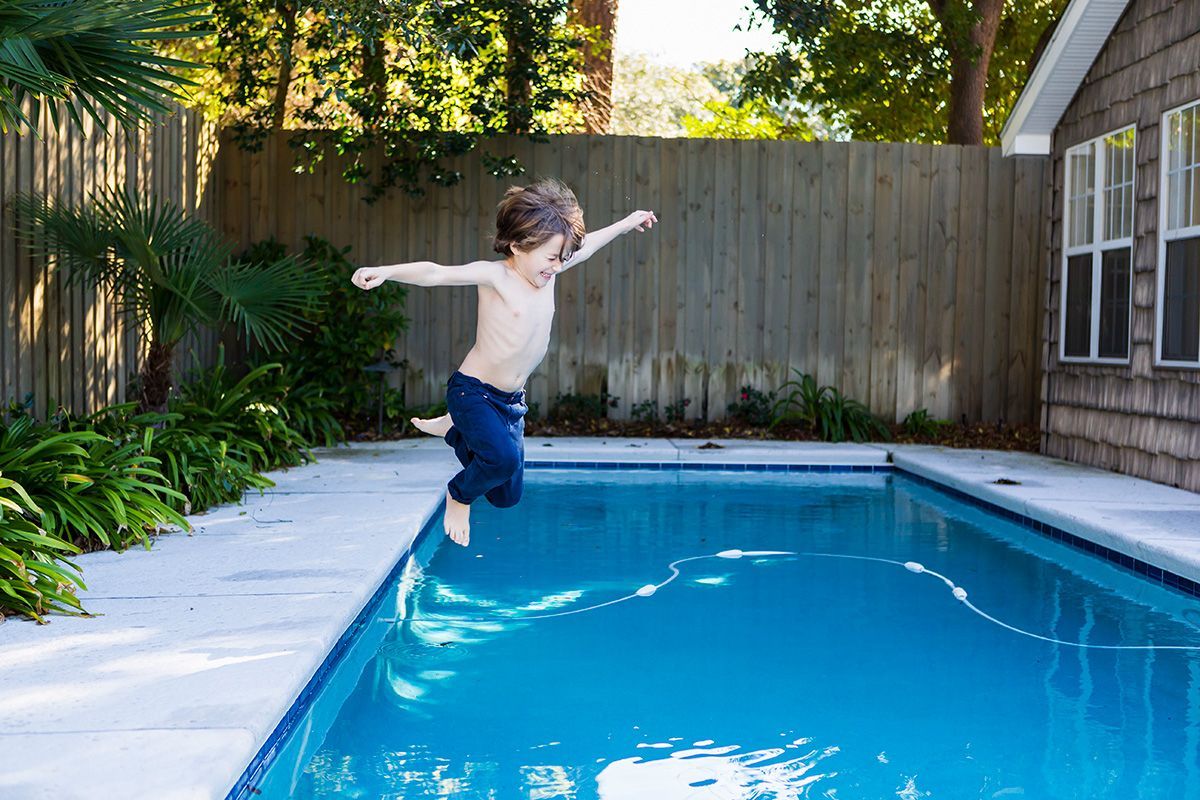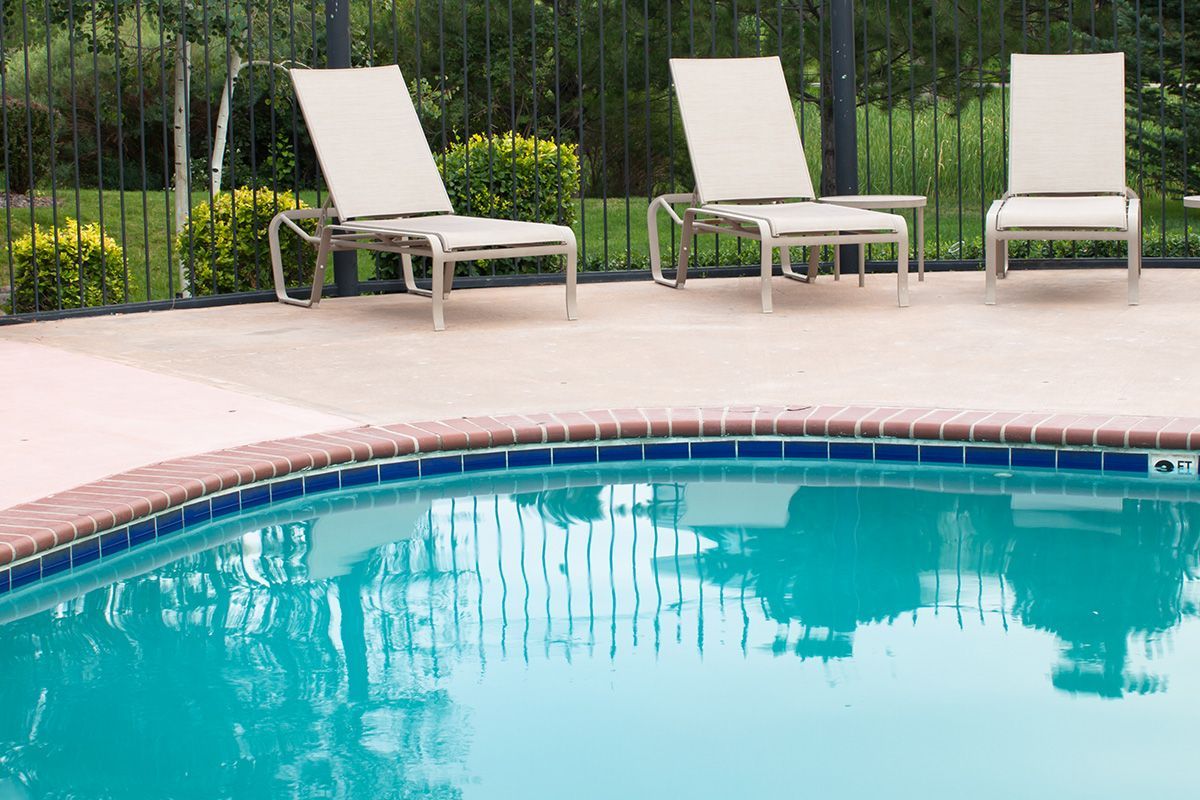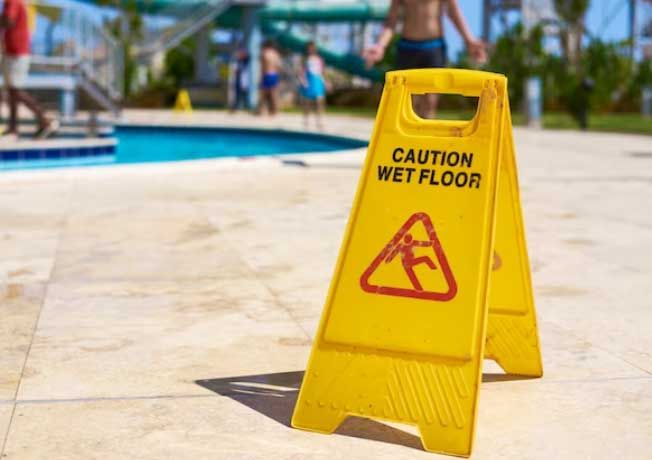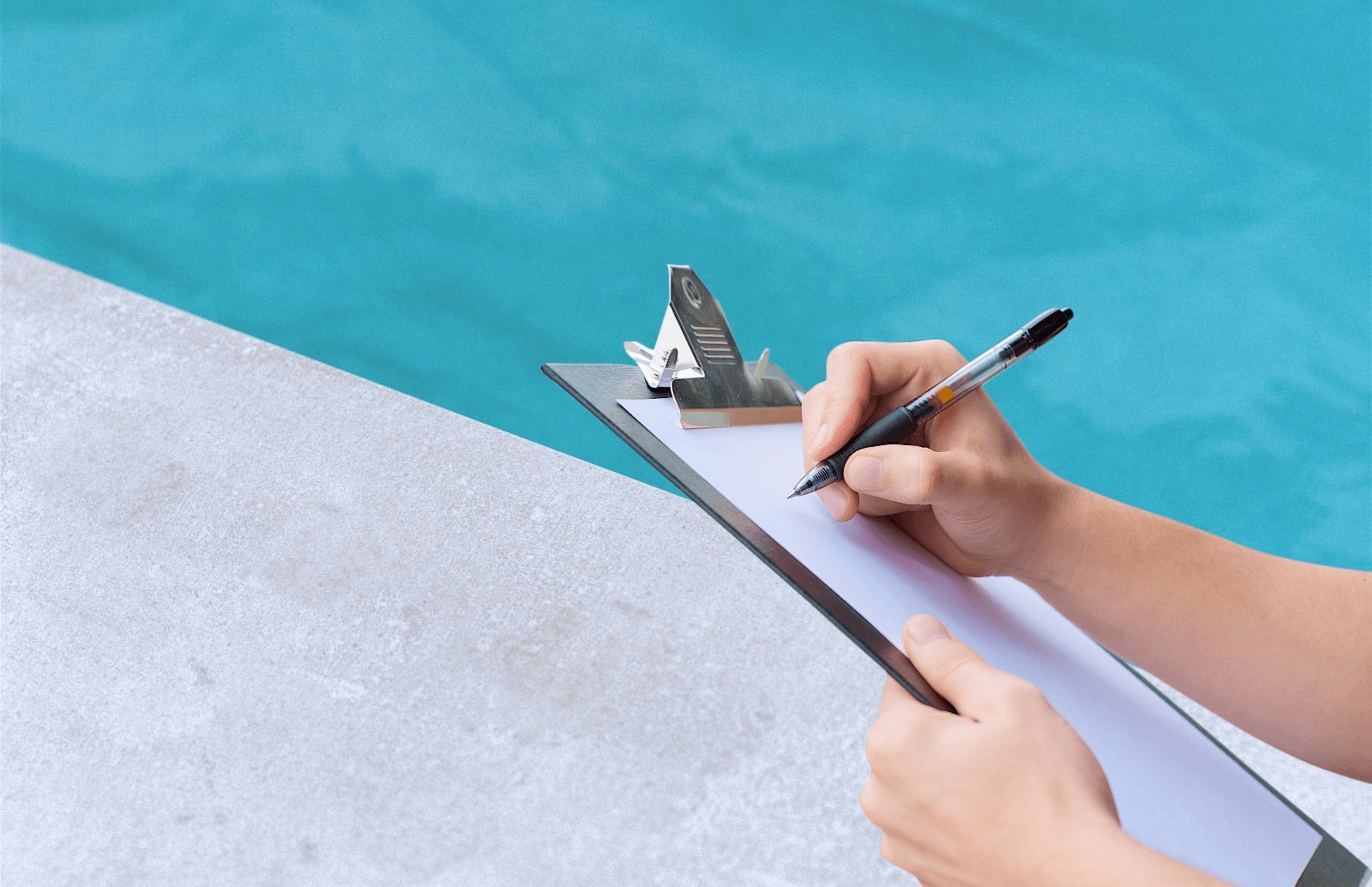Essential Pool Safety Rules to Protect Your Family
Pool Safety Rules To Keep Your Family Safe
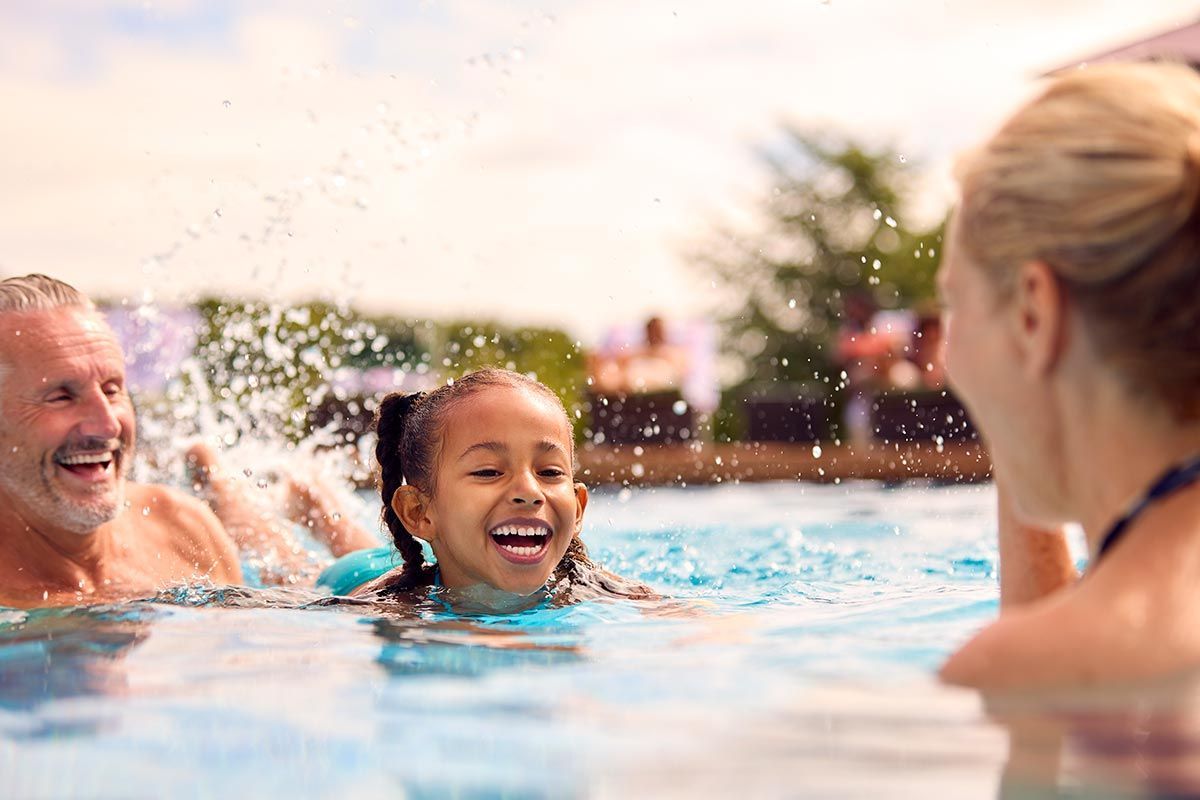
Pool safety regulations and standards are an important consideration for anyone owning, using, or managing a swimming pool or spa.
In Australia, there are various regulations that must be adhered to in order to ensure a safe and enjoyable pool experience. These regulations include barriers, supervision, education, equipment, and signage.
Pool Safety Check provides you an overview of the pool safety regulations and standards to keep you and your family safe
Pool Safety Compliance Requirements
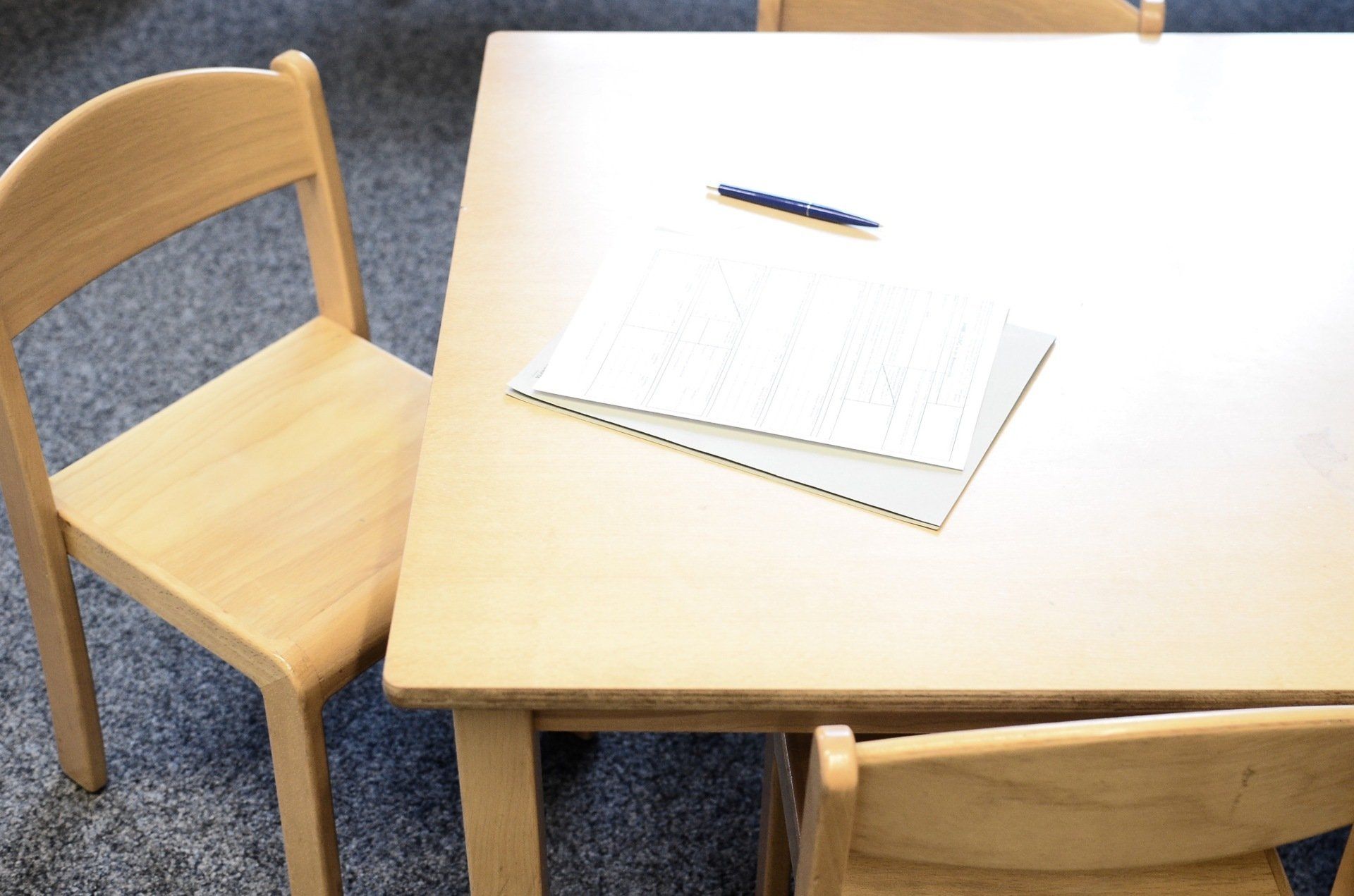
If you have a pool at home in Australia, it's important to follow safety rules.
There are regulations and standards that need to be met to ensure the pool is safe for everyone. In every state and territory, you need to have barriers around your pool that meet the local regulations and AS 1926.1. Some states also require you to register your pool. It's your responsibility as the pool owner to install and maintain the safety barriers according to the rules.
To keep the pool area safe, don't place any furniture or objects near the pool fence that children can climb on.
Pool Barrier Regulations
It is essential to adhere to local regulations and the Australian Standard AS 1926.1 for pool and spa barriers. This is to protect young children from potential danger when they are unsupervised by an adult. Pool owners have a responsibility to install and maintain the pool safety barrier in accordance with relevant regulations and Australian standards.
This includes ensuring the pool barrier and fence is a minimum height of 1.2 metres. It is also mandatory to have a self-latching gate at least 1.5 metres away from the pool.
Any objects that could assist a child in climbing the fence, such as furniture, must be kept away from the fence. Additionally, the fence must be inspected periodically to ensure it is in good condition and meets safety regulations.
Pool Supervision and Education
Ensuring proper supervision and providing comprehensive education are essential for maintaining a safe pool environment for your family. It's advisable for this supervisor to have basic knowledge of water safety and CPR in case of emergencies.
In addition to supervision, educating your family members, especially children, about pool safety is crucial. Enroll children in swimming lessons at an early age to equip them with essential swimming and water survival skills.
Regularly discuss pool safety topics with your family, emphasizing the importance of caution and responsible behavior around the pool area. Encourage open communication, where family members can freely express any concerns or ask questions about pool safety.
Pool Equipment and Signage
As a pool owner, it's your responsibility to follow certain rules and guidelines to ensure safety. Make sure you install and maintain the necessary equipment and signage near your swimming pool or spa. This includes pool safety barriers that meet the regulations and standards, like AS 1926.1.
When you have a spa pool, the supplier should provide warning signage that follows the Australian Resuscitation Council's guidelines. Place these signs near the pool or spa area.
For spa pools, suppliers should also give you safety rules to follow. Consider choosing a model with built-in grab bars to improve safety, as the smooth surfaces of spas can be slippery. Remember, it's best to avoid using diving boards, water slides, or trampolines near the pool as they can cause serious injuries.
Keeping your pool or spa water healthy is important too. Make sure to empty paddling pools, baths, basins, sinks, and troughs when they're not being used. This helps prevent accidents and keeps the water clean for everyone's enjoyment.
Frequently Asked Questions
What should I do if I think someone is in distress in my pool or spa?
If someone is in distress in a swimming pool or spa, it is important to take immediate action.
The first step is to assess the situation and call for help if needed. If the person is unresponsive, it is essential to call emergency services and start CPR if trained to do so.
It is important to remember that all swimming pools and spas must comply with safety regulations and standards to ensure the safety of all users.
Therefore, it is important to be aware of the relevant Australian Standard for pool and spa barriers, as well as local regulations.
How often should I check my pool/spa safety barrier for damage?
Pool and spa safety barriers should be inspected regularly to ensure that they are in good condition and meet safety standards. The Australian Standard (AS 1926.1) requires pool and spa owners to inspect their safety barriers every three months and take action if any damage or deterioration is found.
In addition, pool owners should check for any visible wear and tear, such as rust, corrosion, or any other structural damage. If any damage or deterioration is found, the pool and spa safety barrier should be repaired or replaced as soon as possible in order to ensure the safety of those using the pool or spa.
What should I do if I notice someone is unsupervised in a pool or spa area?
If an individual notices someone unsupervised or unmonitored in a pool or spa area, it is important to take the appropriate steps to ensure the safety of the individual in question.
It is recommended to take immediate action such as notifying local authorities or adult supervisors of the situation, or even removing the individual from the area.
If the individual is unable to safely remove the individual in question, it is important to ensure that the individual is monitored until help arrives
.
It is important to note that adequate supervision is key to prevent toddler drowning and to ensure that the pool or spa is safe for all individuals.
What should I do if I think someone is stuck on a spa suction outlet?
If someone is suspected to be stuck on a spa suction outlet, the first step is to shut off the power to the outlet from the power supply. After the power is shut off, the individual can be safely removed from the suction outlet.
It is recommended that the individual receive medical attention, even if no signs of injury are visible, to ensure that there are no underlying issues.
Is there a recommended maximum time limit for using a spa pool?
Entrapment on the spa suction outlets is a major hazard, and it is recommended that a maximum time limit of 15 minutes is enforced when using a spa pool.
Suppliers of spa pools must provide safety rules for the use of the spa pool, and it is advisable to choose a model with built-in grab bars to reduce the risk of slipping.
The Australian Standard AS2610.2 – 2007 is applicable for commercial spa pools, and it is important to ensure products comply with the recognized Australian and International standards.
Conclusion
It's crucial to know and follow the safety regulations and standards for pools and spas in Australia to keep everyone safe.
By installing the right barriers and signs, supervising properly, and teaching water safety, pool owners can reduce the risk of accidents and create a safe and fun environment.
Remember, it's important to comply with the regulations and laws as a pool or spa owner to ensure everyone's safety.
While you can do many things to maintain safety, it's also wise to seek professional help when needed. Pool Safety Check offers pool inspections back by 25 years of experience in the industry. We provide quick and thorough inspections, ensuring your pool's compliance and safety.

